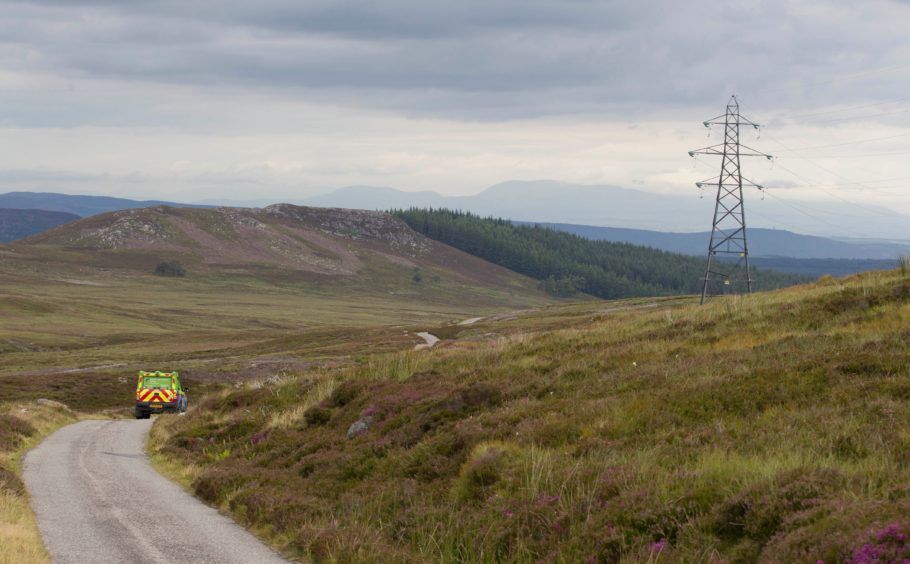
Plans have been submitted to replace the electricity transmission line that connects Skye and the Western Isles to the grid.
SSEN Transmission has lodged an Initial Needs Case (INC) with energy regulator Ofgem for the proposed replacement of the existing Fort Augustus to Skye cable.
The move is designed to maintain security of supply to the region, as well as to allow new renewables capacity to feed into the grid.
The INC, which is part of Ofgem’s new Large Onshore Transmission Investment (LOTI) Uncertainty Mechanism, is the first stage of the regulatory funding approvals process.
At an estimated cost of around £400 million, the Skye reinforcement project would be one of the most significant energy investments in the West Highlands since power was first brought to the area in the 1950s.
The existing Fort-Augustus to Skye line, which was constructed in three distinct sections between 1956 and 1989, consists of a combination of steel lattice towers from Fort Augustus to Broadford, then overhead wooden poles from Broadford to Edinbane.
But the infrastructure is fast reaching the end of its operational life and its planned replacement is therefore essential to maintain network reliability to points along its route.
That includes the Western Isles, which is primarily supplied by two electricity distribution subsea cables from Ardmore point, Skye.
SSEN Transmission, a subsidiary of SSE, is also proposing to increase the capacity of the replacement line in order to enable the connection of new renewable electricity.
The existing line has already exceeded its capacity limit, preventing the connection of new renewable electricity in the area.
Upgrades to the existing substations at Broadford and Edinbane will also be required as part of the project.
Rob McDonald, managing director of SSEN Transmission, said: “Submission of our Initial Needs Case marks a major milestone in unlocking the significant investment required for the Skye reinforcement project. The project is essential to maintain and improve network reliability and security of supply, whilst also supporting local and national efforts to tackle the climate emergency and deliver a pathway to net zero emissions.
“We now look forward to working constructively with Ofgem and our stakeholders to make the investment required in a timely manner, delivering on Ofgem’s commitment to an agile and flexible regulatory framework and in doing so, create hundreds of skilled jobs throughout the supply chain to support a green recovery from the coronavirus pandemic.”
SSEN Transmission is engaged in a number of projects across Scotland designed to ensure that grid infrastructure is able to support the ongoing renewables boom.
Last year Ofgem gave the green light to proposals to install a High Voltage Direct Current (HVDC) transmission link between Weisdale Voe in Shetland and Noss Head in Caithness.
The project aims to ensure security of energy supply on the island, which is home to the 103-turbine Viking Wind Farm – it is currently under construction and is due to become operational in 2024.
Elsewhere, SSEN recently replaced one of the two subsea cables connecting Orkney to the mainland.
However, the £30m project was far from smooth and the decommissioned wire had to be reconnected after a technical fault with its replacement.
Recommended for you

